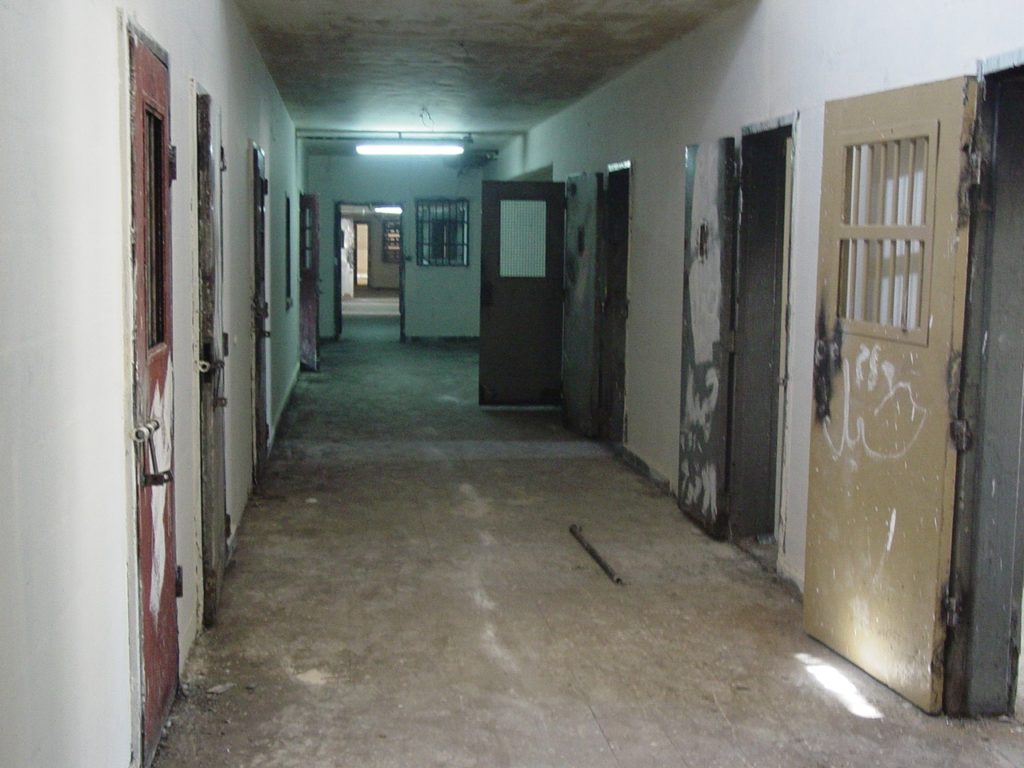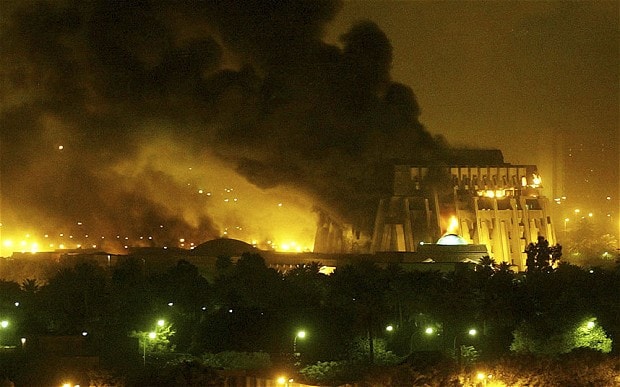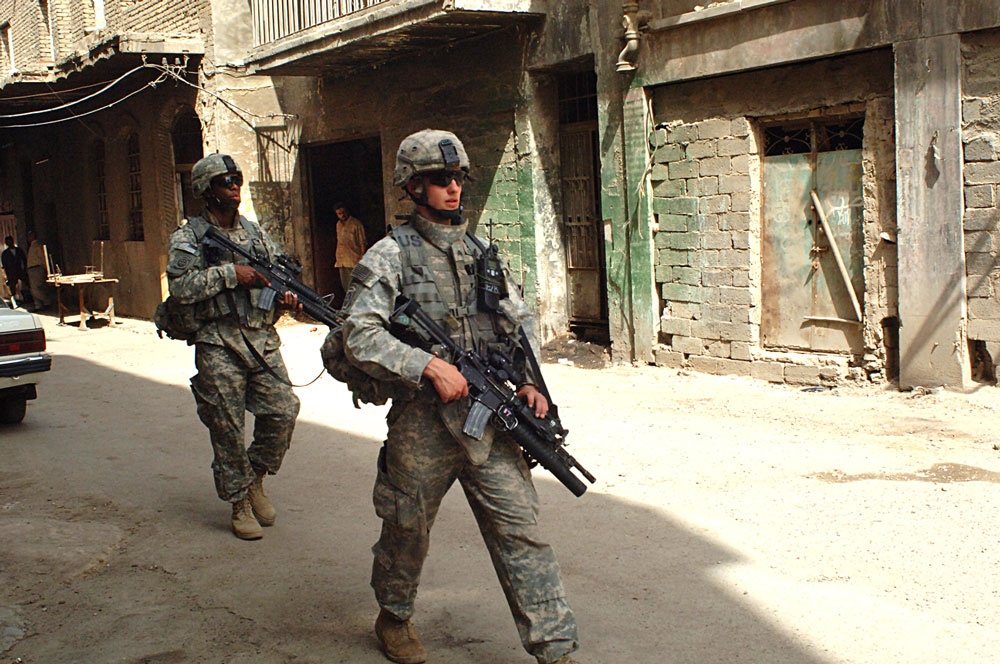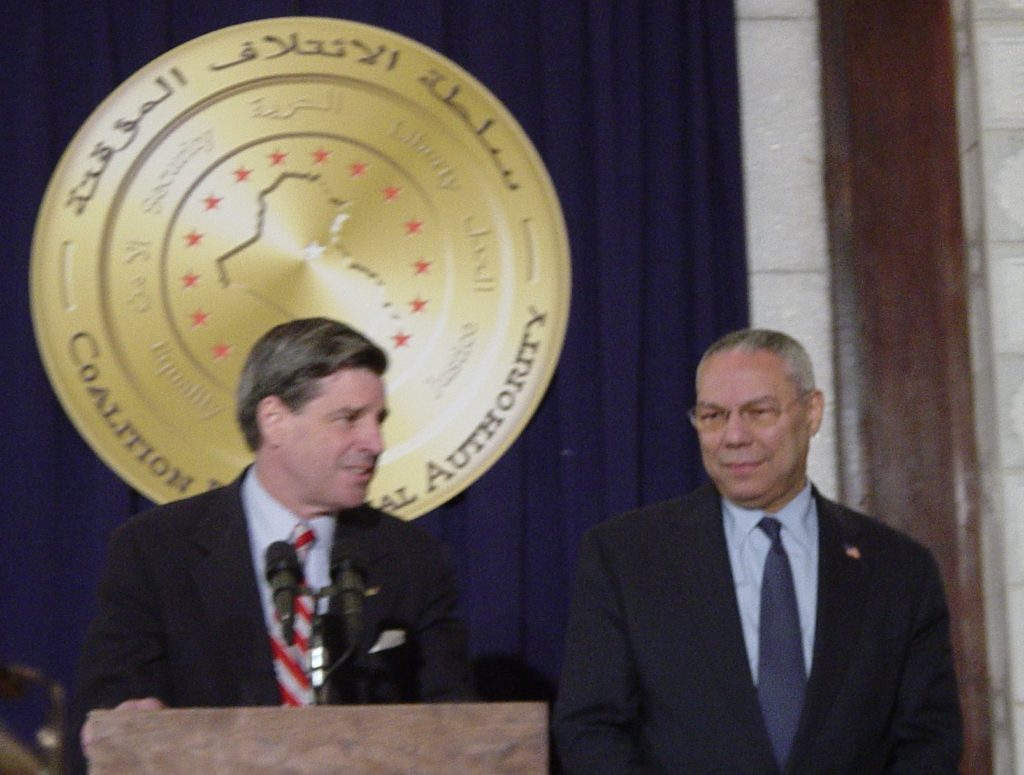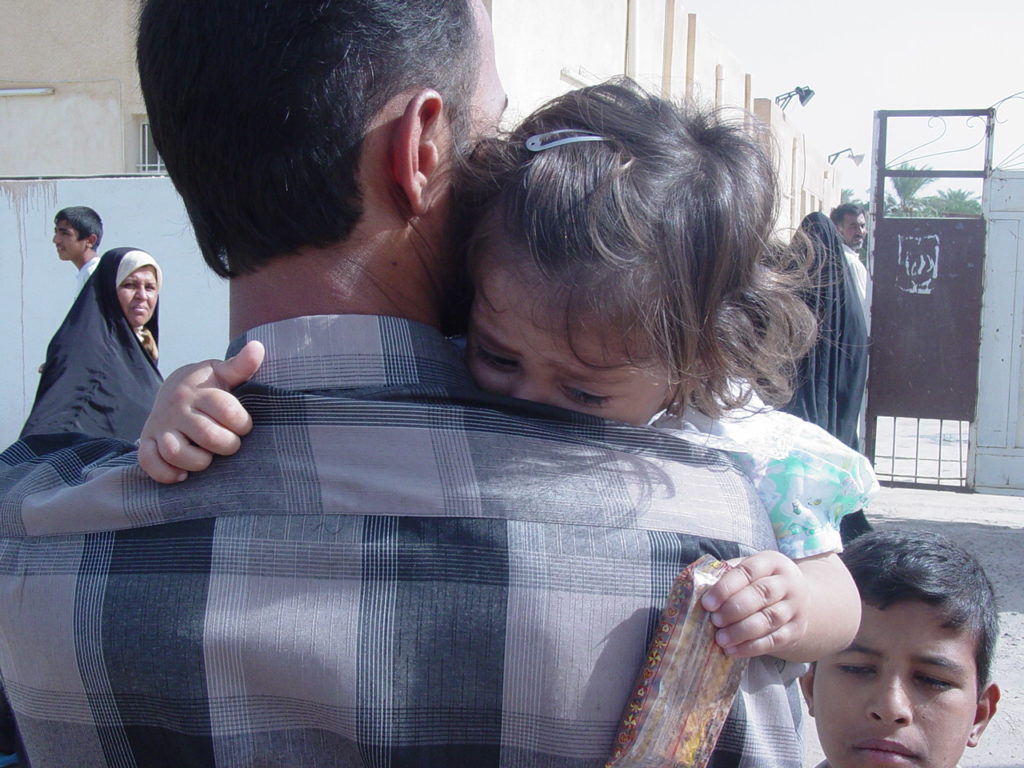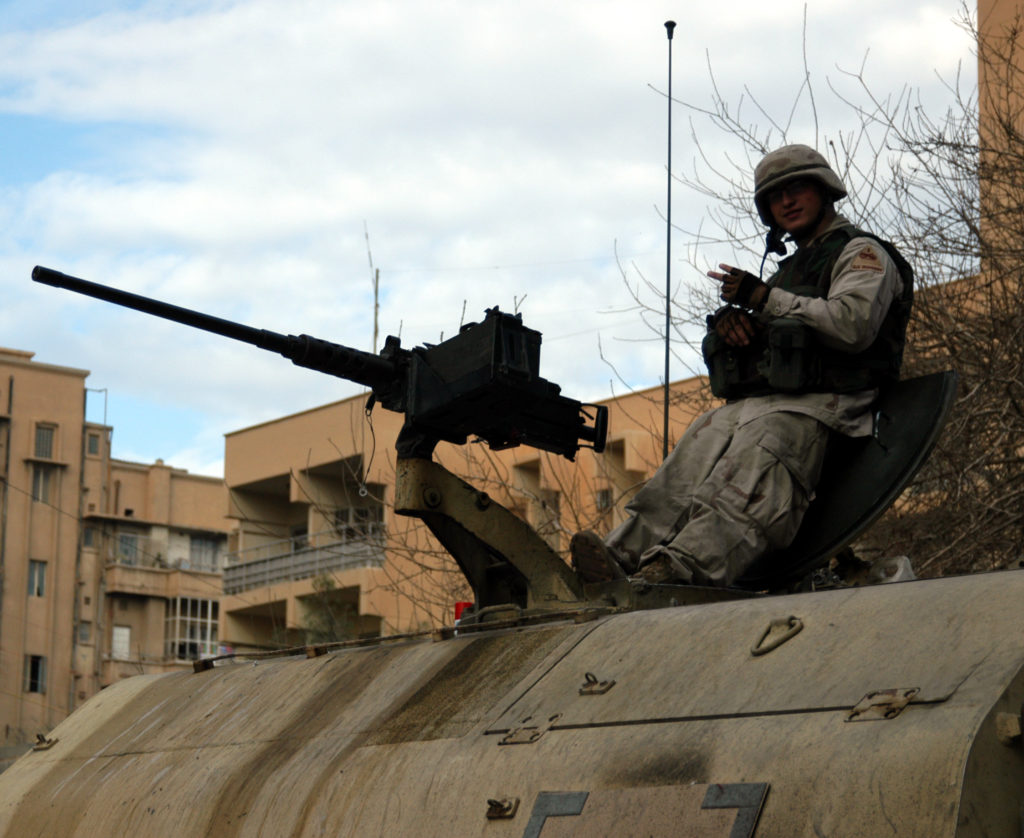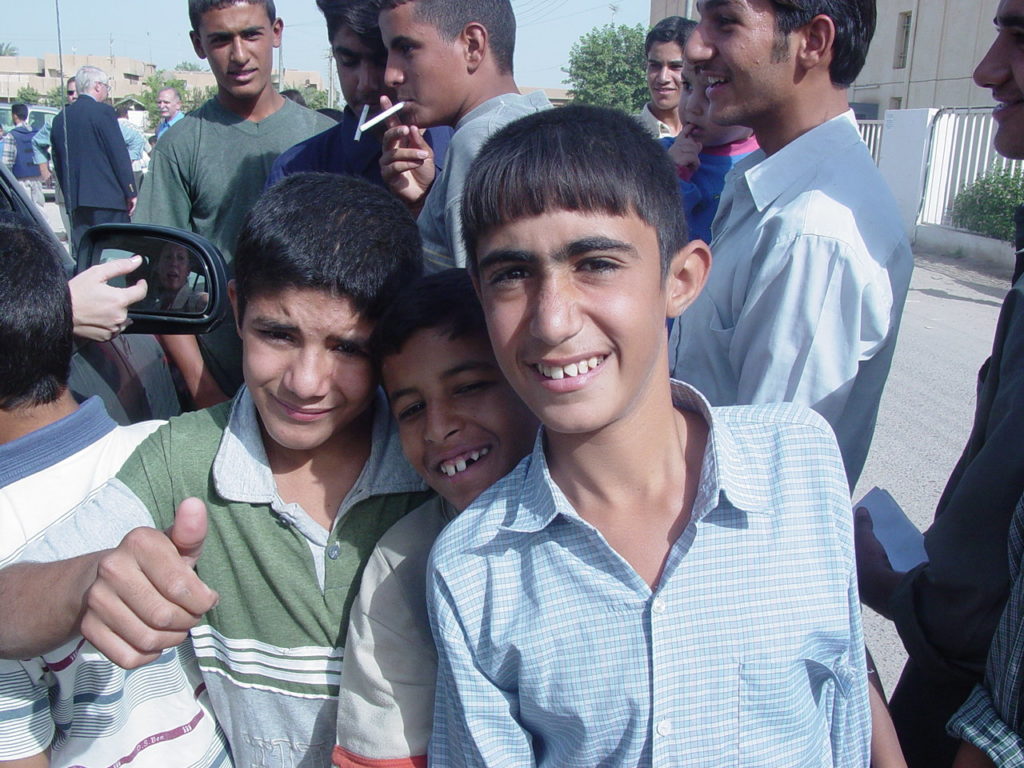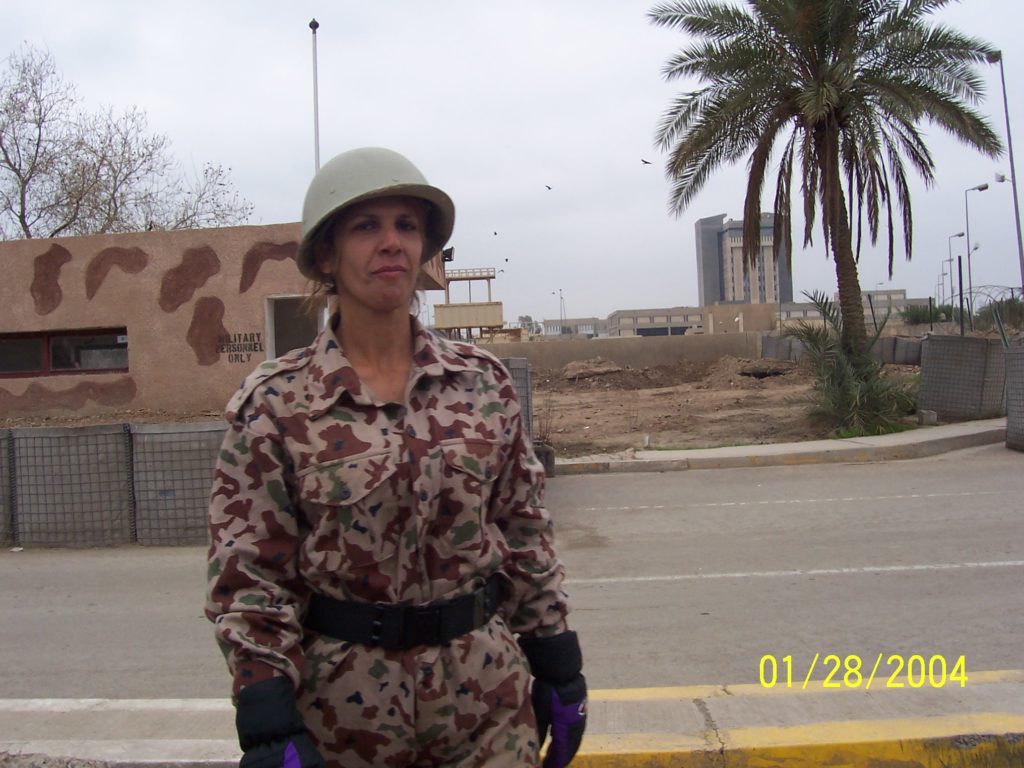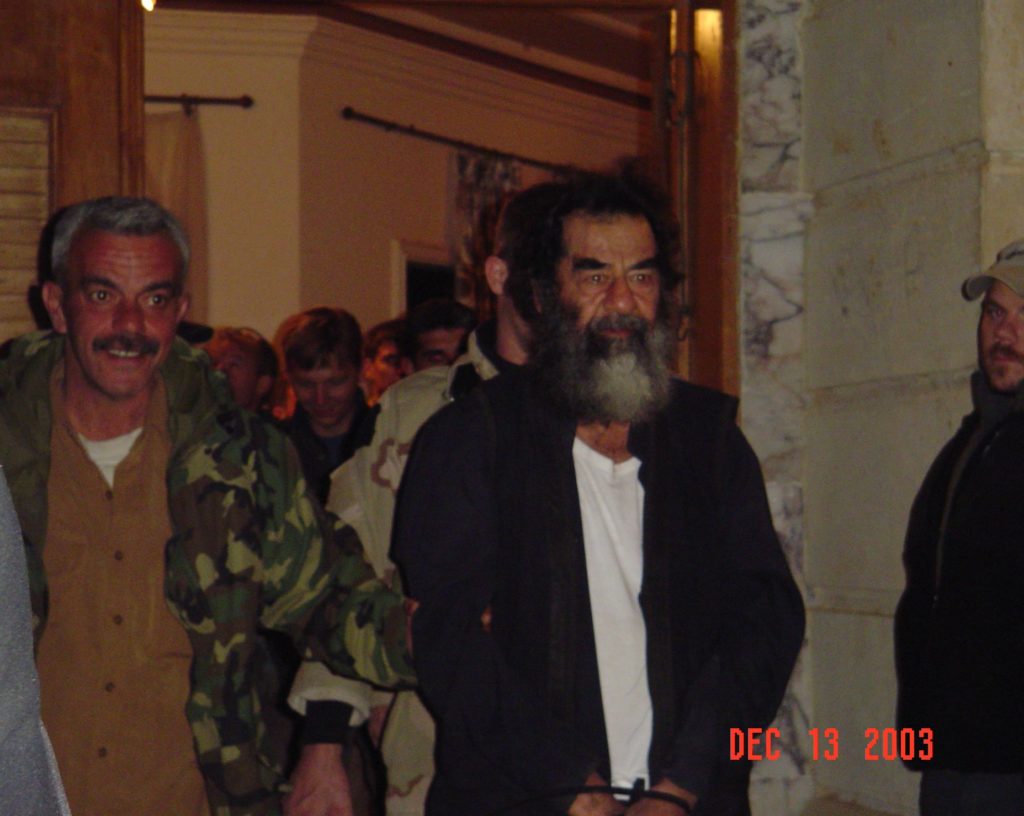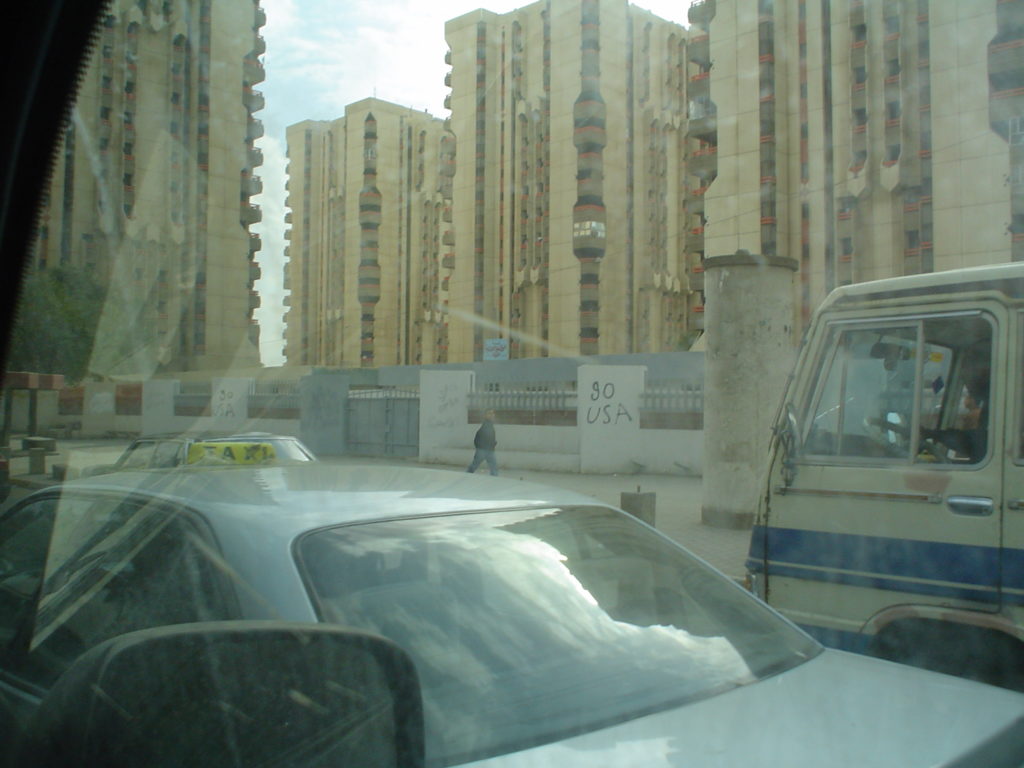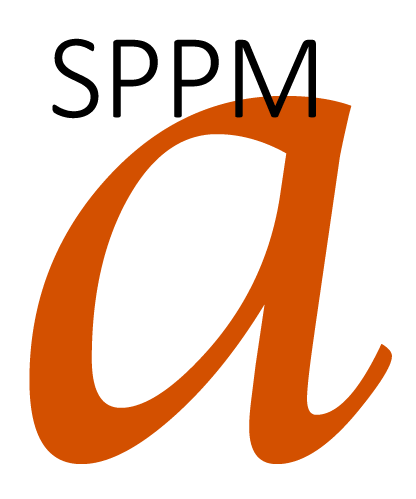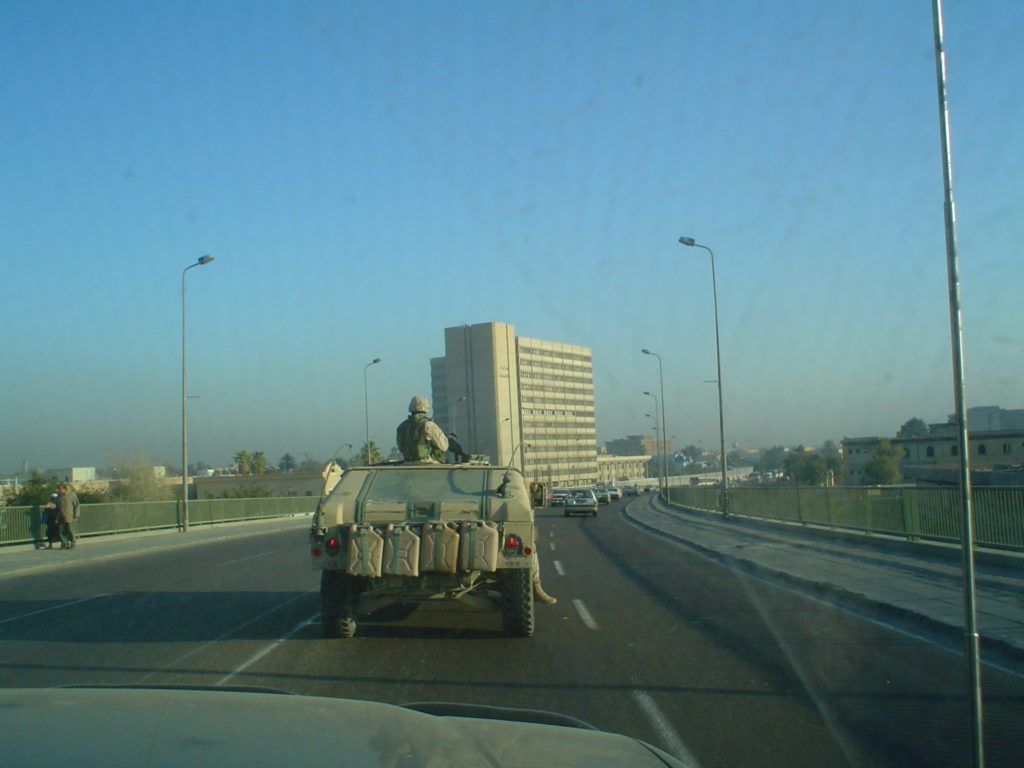
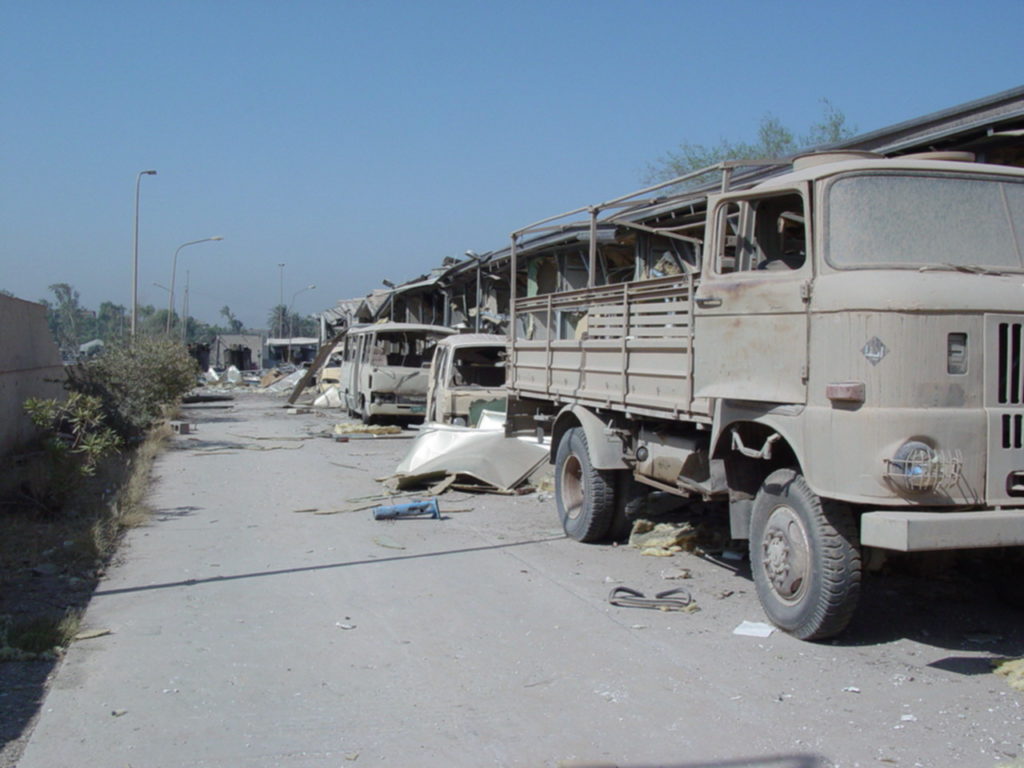
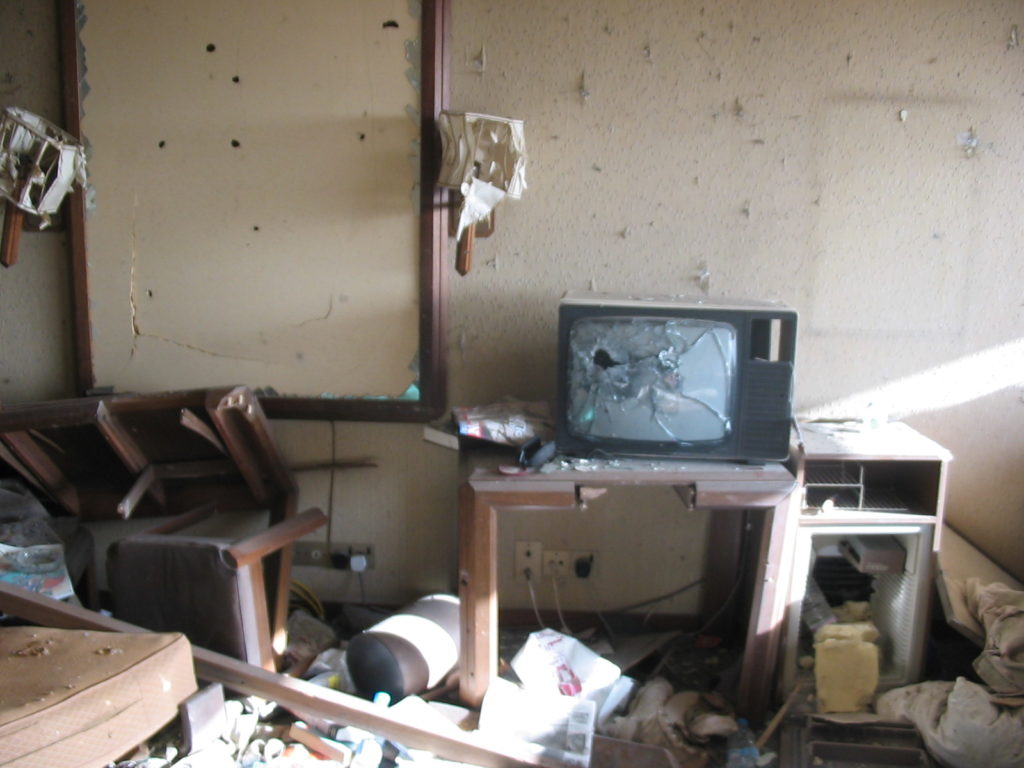
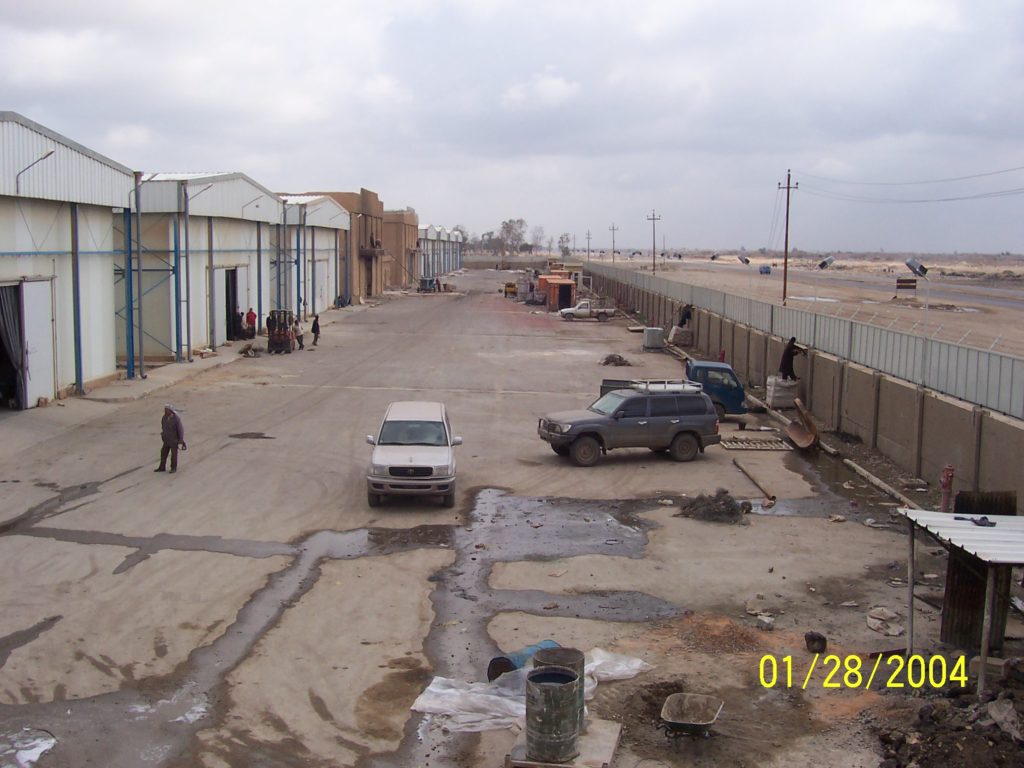
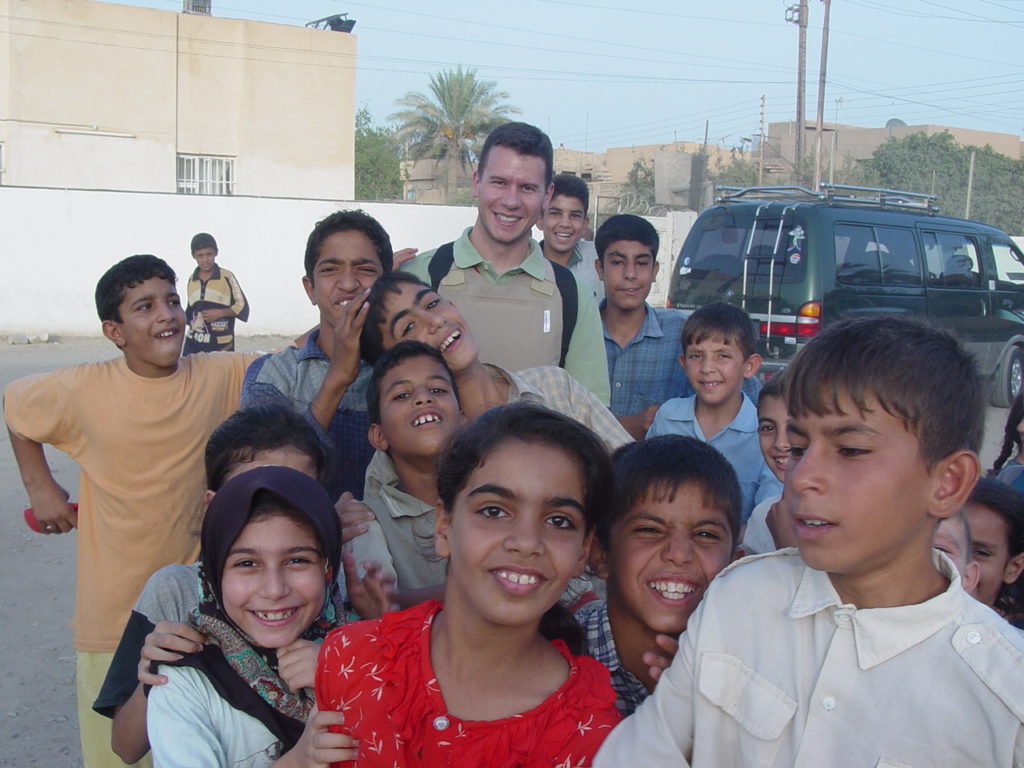
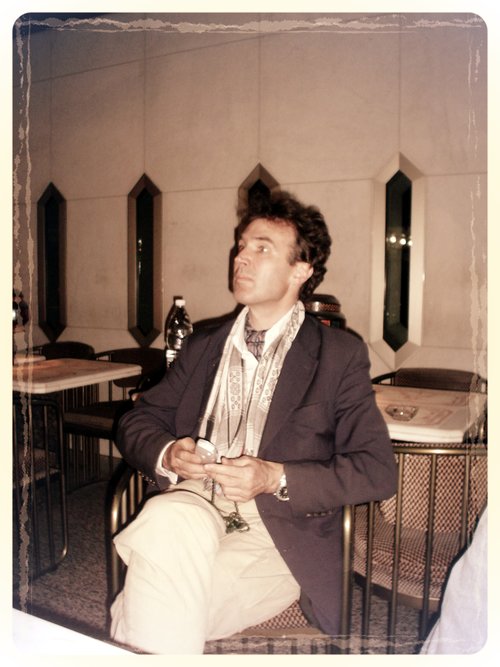
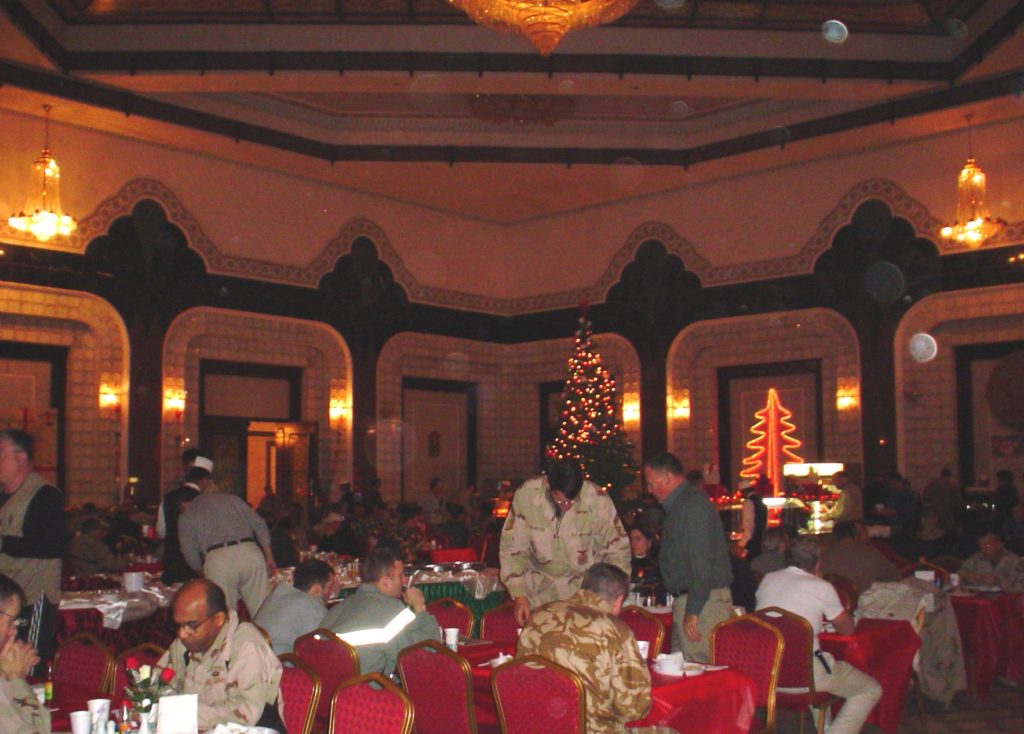
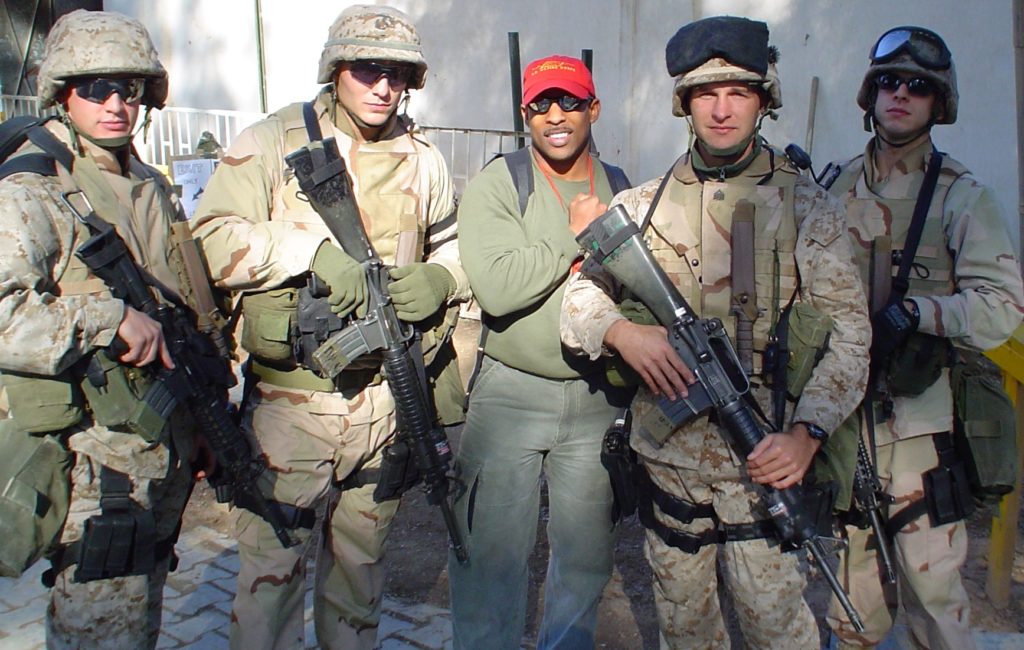

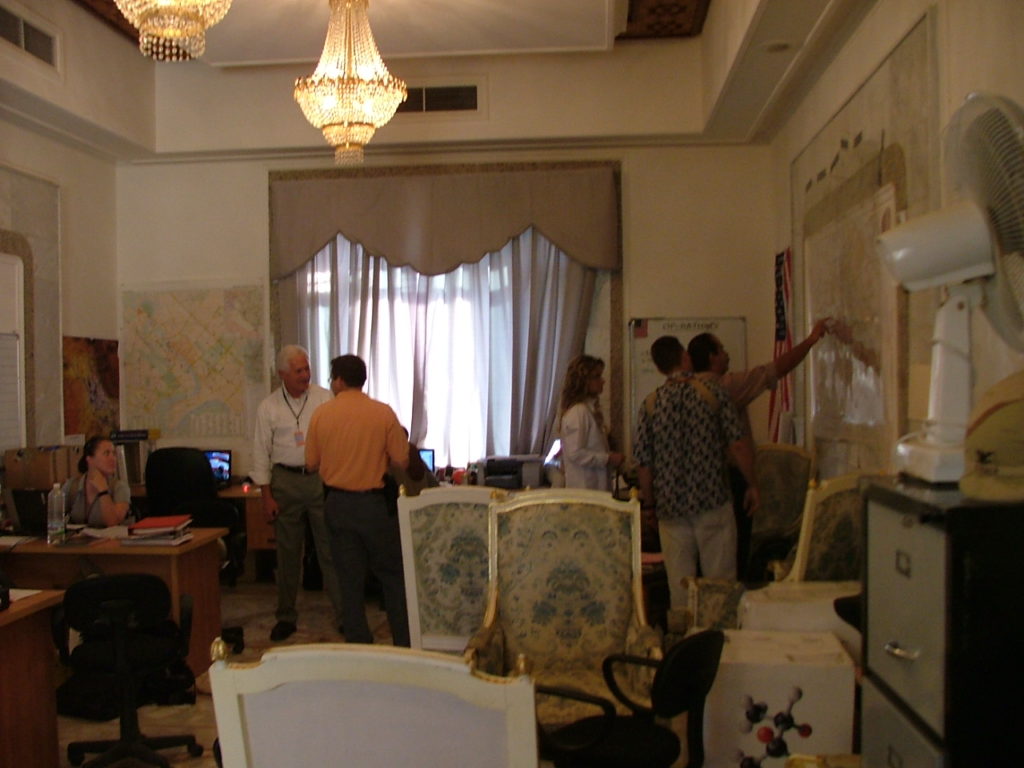
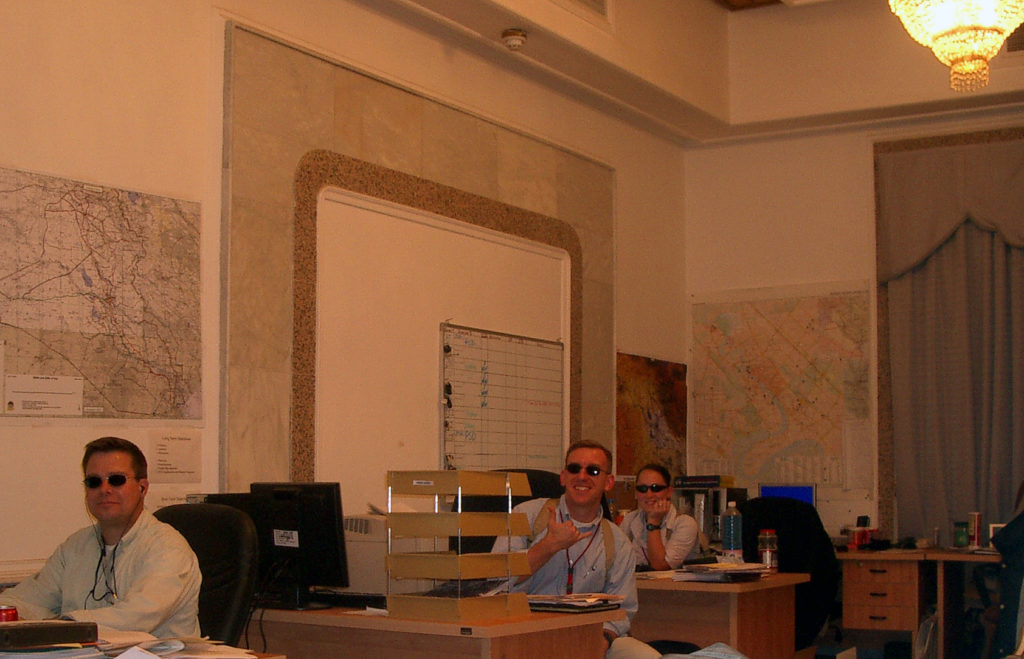

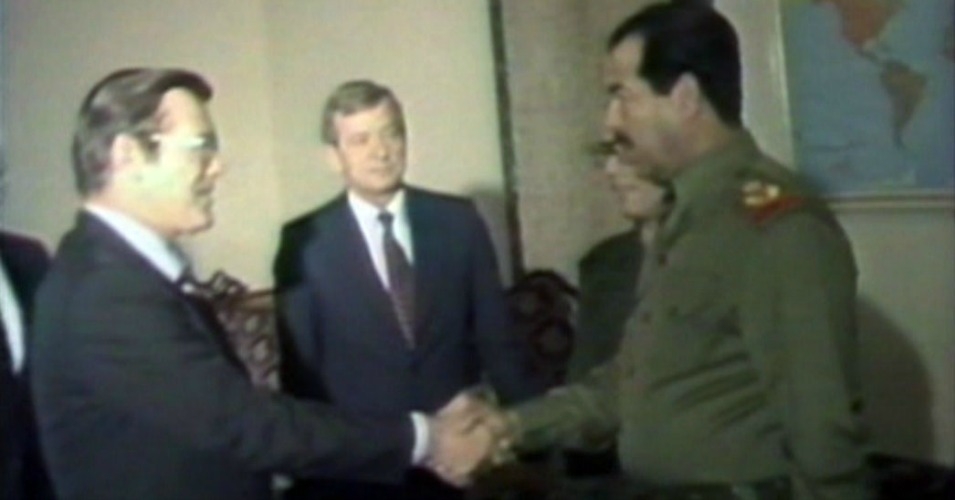
The United States helped legitimize Saddam as the legitimate ruler of Iraq
Only weeks after the Shah of Iran sought medical treatment in the United States and the Ayatollah Khomeini returned to Iran and declared himself the Supreme Leader, Saddam Hussein killed many of his political opponents and declared himself ruler of Iraq.
After the Americans refused to return the Shah to Iran to face charges, the Iranians stormed the US Embassy and took American hostages.
The long friendship between the United States and Iran seemed over.
Perhaps Saddam saw the shift in relations between the US and its large rival to its east as an opportunity to obtain the the internal and international status, weapons and wealth he desired.
During the war between Iraq and Iran, the United States vetoed the international effort to punish Iraq for the illegal use of chemical weapons, and the US Navy mistakenly shot down an Iranian airliner that strayed too closely to the American fleet.
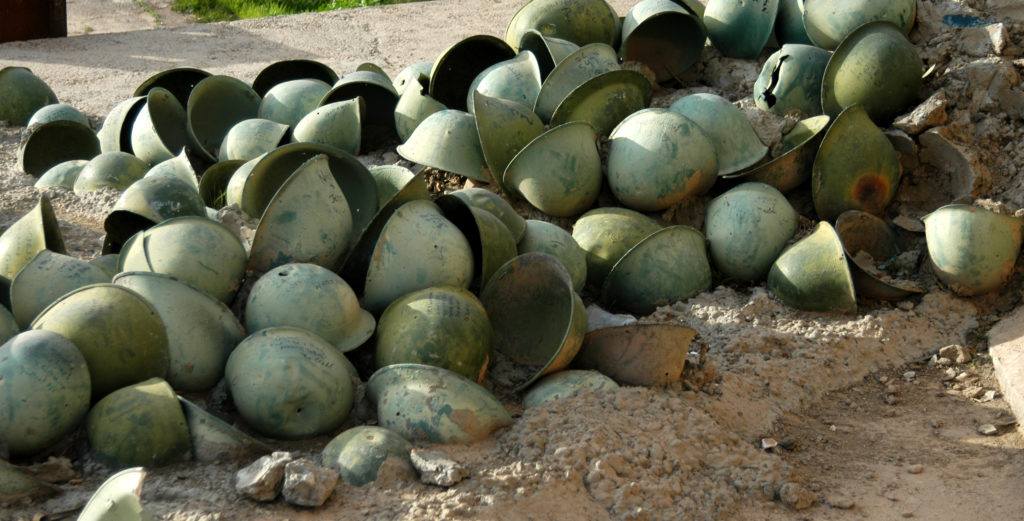
War against Iraq
The Qadisiyah Saddam, the war against Iran, was an eight-year-long awful, bloody stalemate that killed more than a million people. Fought with traditional weapons, buzz bombs against civilian populations and chemical weapons, the US supported Saddam’s Iraq by treating Saddam as the legitimate ruler of the country, and selling him weapons to be used against their new enemy.
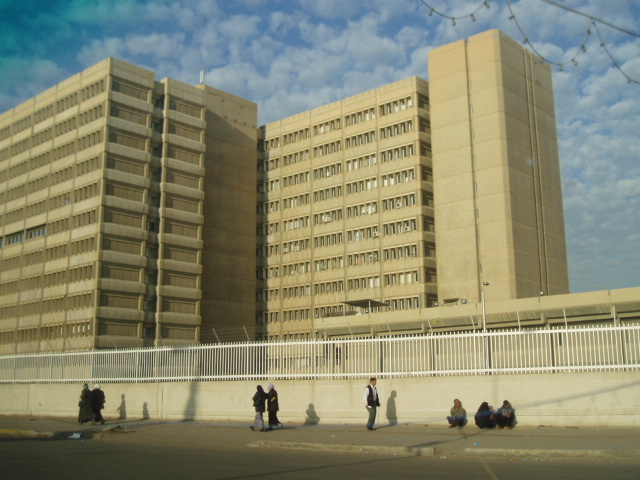
Life under the dictator
Saddam initially supported the population by investing a significant amount of the country’s oil wealth in services and infrastructure. At the same time, Saddam mercilessly controlled the Iraq’s population in every way. Until after his defeat in the Kuwait War, the standard of living within the country improved for those who accepted his harsh, unforgiving rule, but was hell for those who did not. After the war, the infrastructure quickly crumbled as Saddam responded to the UN Sanctions by all but completely ceasing to invest in public services.
